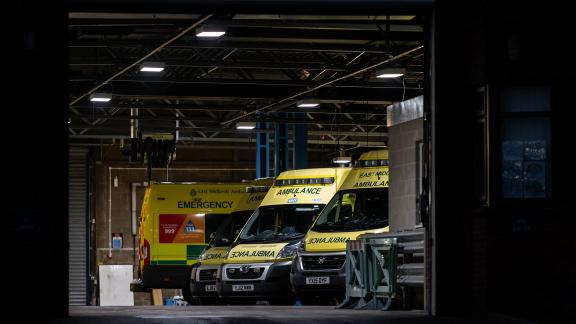NHS's unwavering commitment to patients clear in latest performance statistics

- Emergency departments: In July, there were just under 101,900 attendances to all emergency departments, over 5,000 more than the previous month. July saw an average of 3,287 attendances per day; this was 76 attendances more per day on average than in the previous month and the highest figure on record.
- Ambulance handover delays: In July, there was an 18% reduction in the time it takes for the ambulance service to transfer patients to the care of an emergency department compared with the previous month, and a fall of 36.1% compared to June 2024. Handover times are at their lowest since July 2021.
- Referral to treatment: Just over 7,400 pathways were waiting more than two years, 89.4% lower than the peak, a 27.4% decrease from the previous month, and the lowest figure since March 2021.
Responding to the NHS activity and performance statistics for June and July, director of the Welsh NHS Confederation Darren Hughes said:
“The new ambulance performance measures are of course not yet directly comparable but represent a shift to enabling more of a focus on patient outcomes and ensuring those in the most immediately life-threatening danger get seen first.
“July saw the highest average daily attendances to emergency departments on record, with demand and attendances gradually increasing in recent years. While this is yet another example of the ongoing pressures on the NHS, it also shows there is more work to do to support people to seek care at the right place for their needs.
“Reducing ambulance handover delays has been a huge focus for NHS organisations. The progress in this space is evident, with handover times their lowest since July 2021. This is testament to the hard work, but also determination, of NHS leaders and staff to explore new ways of doing things.
“It’s also positive to see the overall waiting list starting to come down again, despite the obvious system-wide strains, as well as the longest waits seeing further reductions. These have come down from 23,400 to 7,400 - a reduction of 68% - in just one year and almost 90% lower than at the peak in March 2021.
“While not every measure and statistic are wholly positive from June and July, what’s clear is the unwavering commitment of the NHS to continue to improve care for the communities they serve. If staff had all the resources they need, the difference they could make is significant.”



